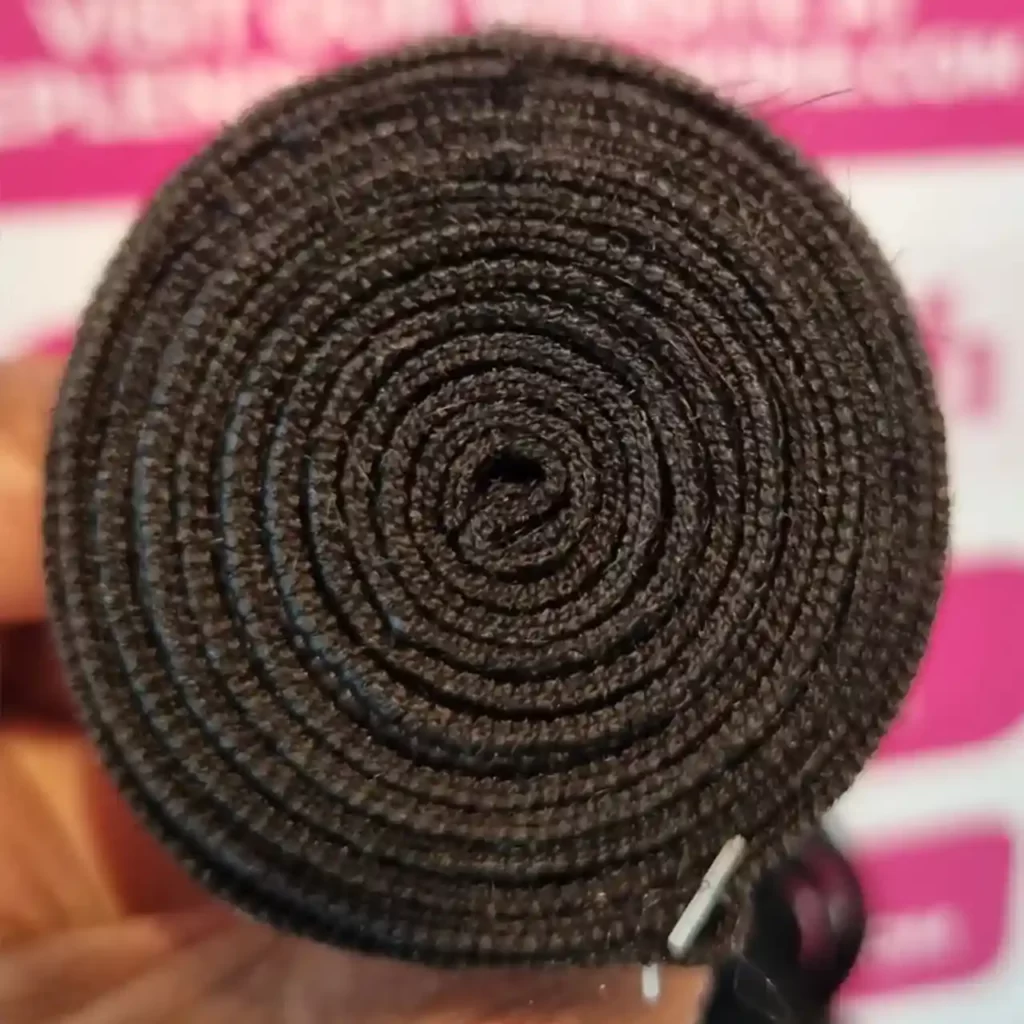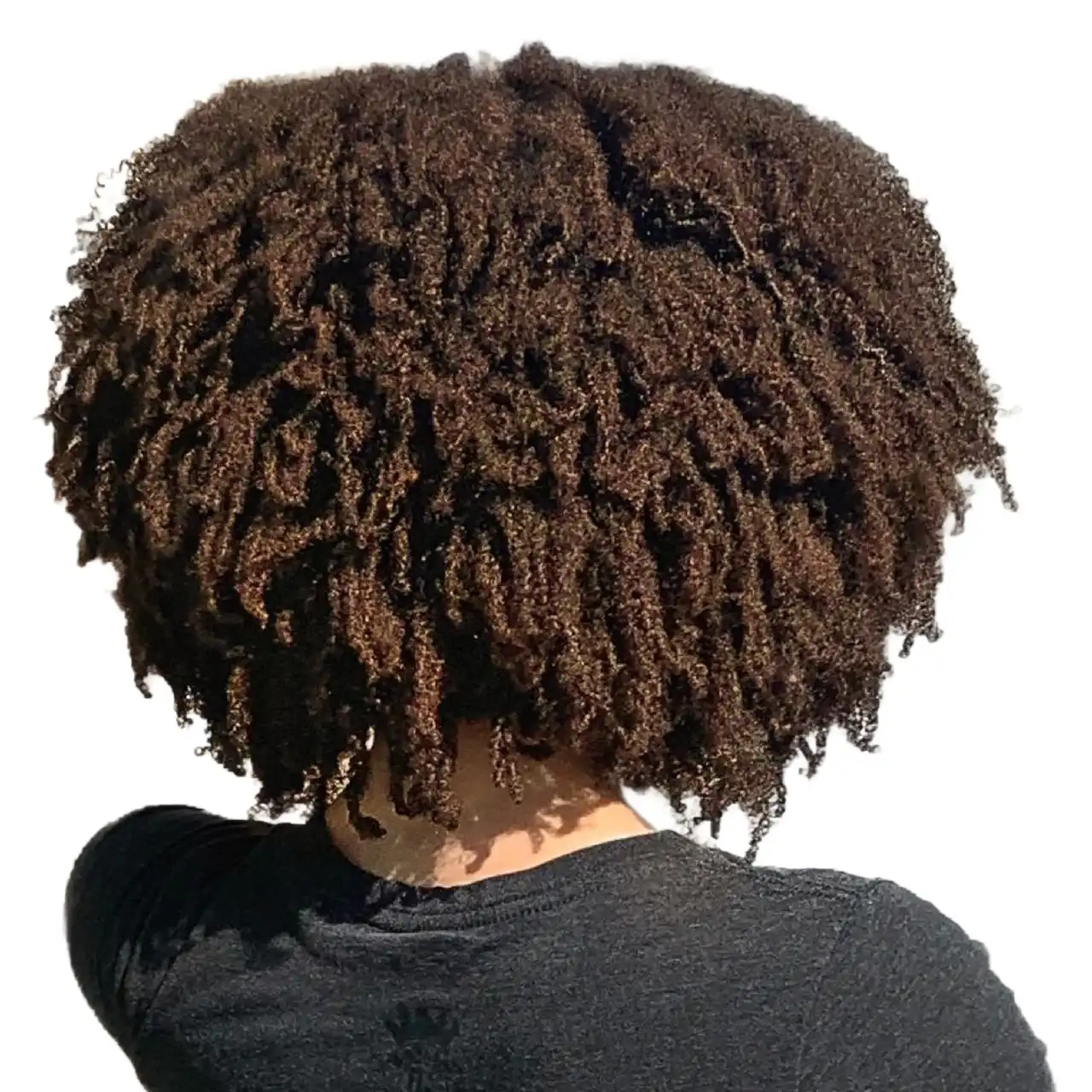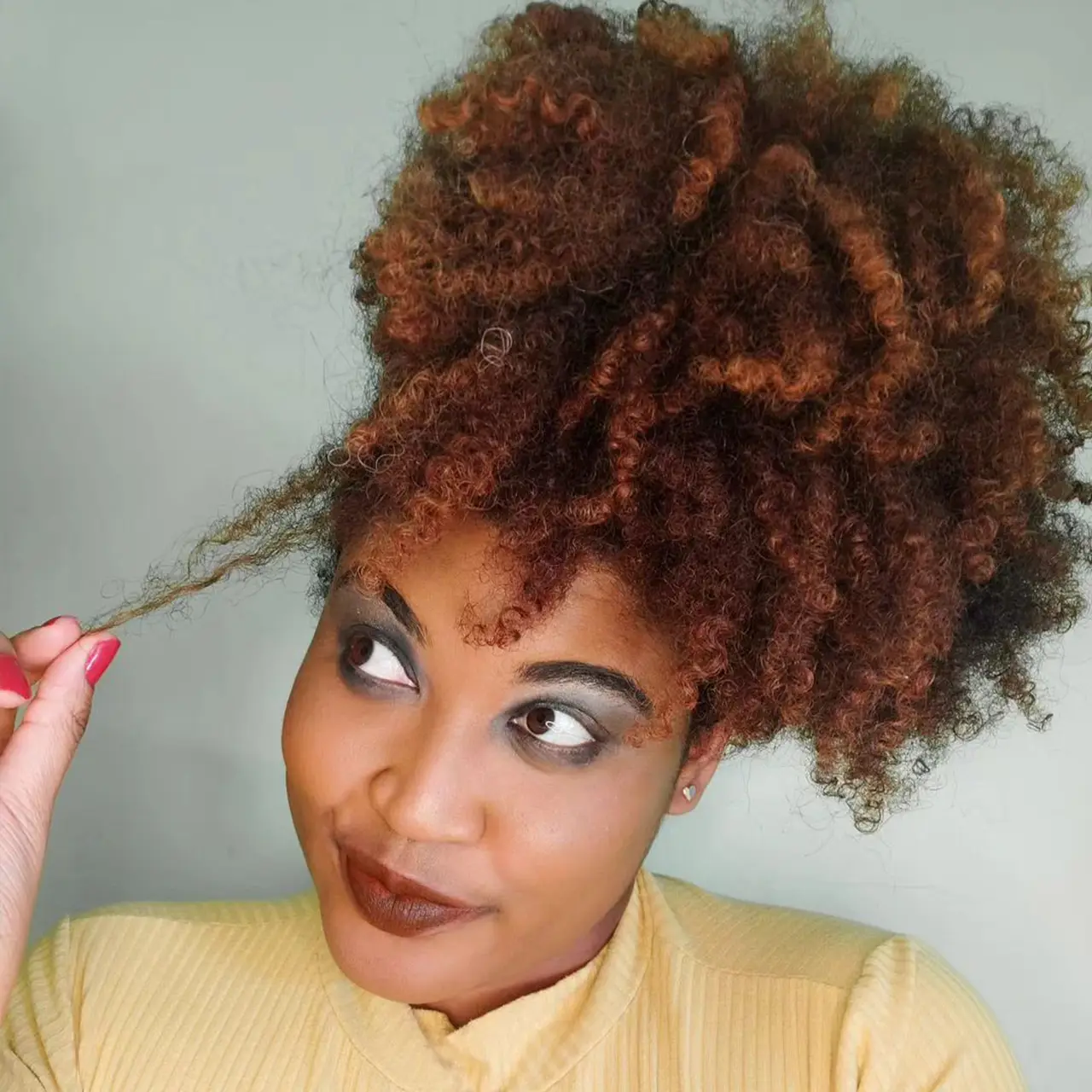Table of Contents
Hair bundles are often used in wigs, hair extensions, or weaves, and they are products used to add length, volume, or different styles to natural hair. Usually sold by weight, each bundle usually weighs about 100 grams (3.5 oz).
If you often buy hair bundles, you will find that the prices of different hair suppliers vary greatly. What causes this? Generally speaking, it is determined by three main factors in hair bundles wholesale prices: weight, Length ratio, and hair type. Let’s delve into what each of these main elements entails.

Influencing Factor 1: Hair Bundle Weight
As the name suggests, the ‘weight’ here refers to the total weight of the hair bundles. The current mainstream hair bundle’s weight standard in the market is 100 grams. The hair price is calculated by the gram between the manufacturer and the hair merchant. Therefore, for every gram that is reduced, the overall cost is reduced a bit, and some manufacturers may choose to reduce the weight of the hair, compensating for the overall weight by extending the length of the weft yarn and increasing the packing rope to reduce the cost.
This method allows them to maintain a standard weight while using less hair, a technique often used to keep prices down. However, this compromises the volume and overall quality of the tresses, resulting in a less than satisfactory user experience. Buyers should be aware of this strategy and double-check hair weight when shopping for strands.
Influencing Factor 2: Hair Length Ratio
Perhaps some of you may not be familiar with the concept of “length ratio.” Let me explain further. The length ratio refers to the proportion of hair strands of a specific length in the hair bundles. A larger proportion of hair strands of a given length indicates a better length ratio.
Take 18-inch hair bundles as an example. You might think that for 18-inch hair bundles, all hair measures exactly 18 inches. However, this is not the case. 18-inch hair bundles are a combination of hair strands of various lengths, such as 14-inch, 16-inch, and 18-inch hair strands. The higher the proportion of 18-inch hair strands, the better the length ratio and the higher the price.
Therefore, 18-inch hair bundles with higher length ratios are of higher quality and more expensive. Conversely, if the proportion of 18-inch hair strands is less, the “length ratio” is considered to be poor, and the price will be lower. This factor is also important when evaluating your tresses’ quality and cost.
We also use hair volume to express the same meaning; the following figure and table can explain this concept well.

| Comparison | Single drawn | double drawn | Super double drawn |
|---|---|---|---|
| Hair Volume | About 25% full length sized hair + 75% short hair | About 50% full length sized hair + 50% short hair | About 80% full length sized hair + 20% short hair |
| Cost | Cheap | Expensive | Very expensive |
Influencing Factor 3: Hair Type
Finally, the factor that plays a crucial role in determining the price is hair quality. While it may appear to have the least impact on the surface, it is the most important factor influencing price. The price gap between different hair types can be quite large. We generally divide hair quality into three categories: No Remy Hair, Remy Hair, and Virgin Hair. Although this classification does not cover all hair types, it accurately covers most of them.

No Remy Hair: This is the cheapest hair type. No Remy Hair is when the cuticle of the hair extends in the opposite direction, causing tangle and knot problems. It is often heavily chemically treated to improve its appearance, but this further shortens the lifespan of the hair.
Remy Hair: The price is moderate, and Remy Hair is the mainstream product in the current market. Remy Hair is characterized by its cuticles all extending in the same direction, ensuring fewer tangles and a more natural look.
Virgin Hair: Also known as “Raw Hair” or “Unprocessed Hair,” virgin hair is the most expensive category. This hair type has not undergone any chemical processes, including dyeing, bleaching, or perming. Its natural state allows it to be dyed and styled in any color, including light shades such as gray and white, while still maintaining its quality and longevity.
In conclusion, when buying hair bundles, it is crucial to understand the factors that affect the cost of a bundle (weight, length ratio, and hair type). It equips you with the knowledge to distinguish between different grades and types of hair and to make informed decisions about the value and quality of the products you buy. Whether you’re looking for an affordable option or a high-end premium package, knowing these elements will ensure you make a wise investment.



